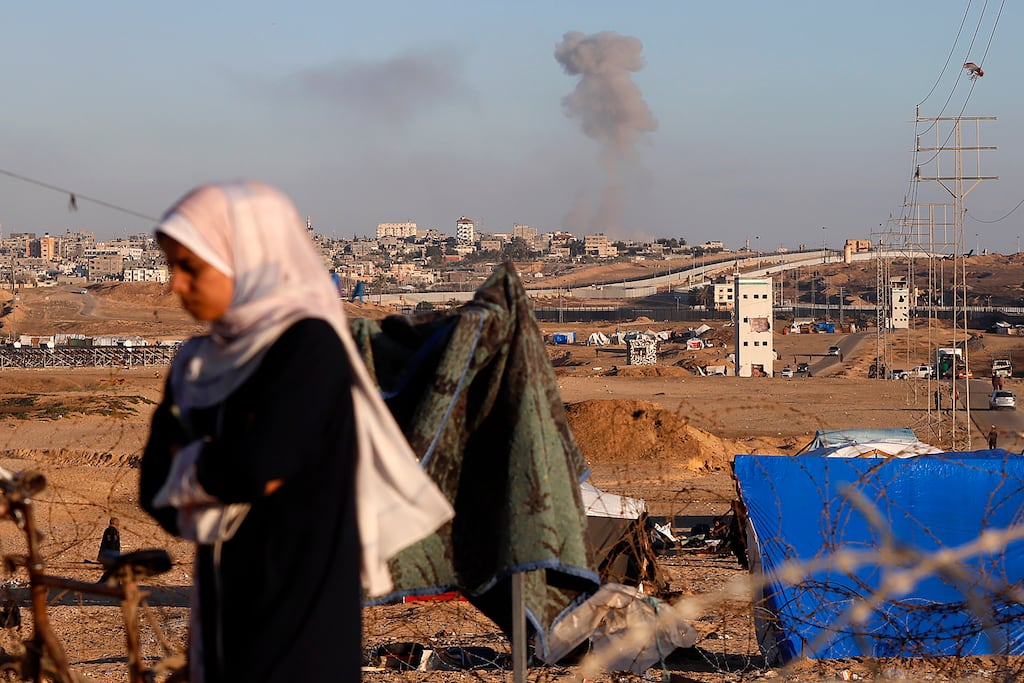Within the course of mere days, hopes for a ceasefire in the Gaza Strip have been raised, dashed and raised again, with no clear explanation.
The confusion was perhaps never more evident than Monday, when Hamas claimed to have accepted the terms of a truce deal even as Israel – a week after making concessions in the hope of an agreement – was ordering civilians in the southern Gaza city of Rafah to evacuate and escalating its air strikes there.
Here is a look at the recent dizzying turn of events.
Monday, April 29th
Israeli officials, offering a hint of hope for a deal, said that their negotiators had reduced the number of hostages they wanted Hamas to release during the first phase of a truce.
READ MORE
Thursday, May 2nd
A Hamas leader said that the group would soon send a delegation to Cairo to “complete ongoing discussions” on a ceasefire deal.
Saturday, May 4th
With talks under way, a senior Hamas official said in a text message that the group’s representatives had arrived in Cairo for the talks, “with great positivity” toward the latest proposal.
Sunday, May 5th
The talks – which are held indirectly, through mediators – hit an impasse, and Hamas said its delegation had left Cairo. An Israeli official described the negotiations as in “crisis”.
Late in the day, Hamas launched rockets at a border crossing between Gaza and Israel, killing four Israeli soldiers. Israel stepped up its attacks in Gaza.
Monday, May 6th
Hamas said it accepted the terms of a ceasefire – not as laid out in Israel’s proposal, but drawn from one put forth by Egypt and Qatar.
The timing appeared noteworthy. The announcement was made after Israel had ordered people to evacuate from some areas in Rafah, a sign that Israeli forces might be close to launching a long-anticipated invasion of the refugee-packed city. Late in the day, the Israeli military said it was carrying out “targeted strikes” in eastern Rafah.
Late in the day, in keeping with a week of contradictory signals, the Israeli prime minister’s office said that Hamas’ latest ceasefire proposal was unsatisfactory.
Then it said would send a working-level delegation back to the talks in Cairo anyway.
Tuesday, May 7th
The Israeli military said it had taken operational control of the Palestinian side of Gaza’s southern Rafah Crossing, which borders Egypt and has been pivotal for the delivery of aid and exit of injured people.
– This article originally appeared in The New York Times. Additional reporting: Reuters














